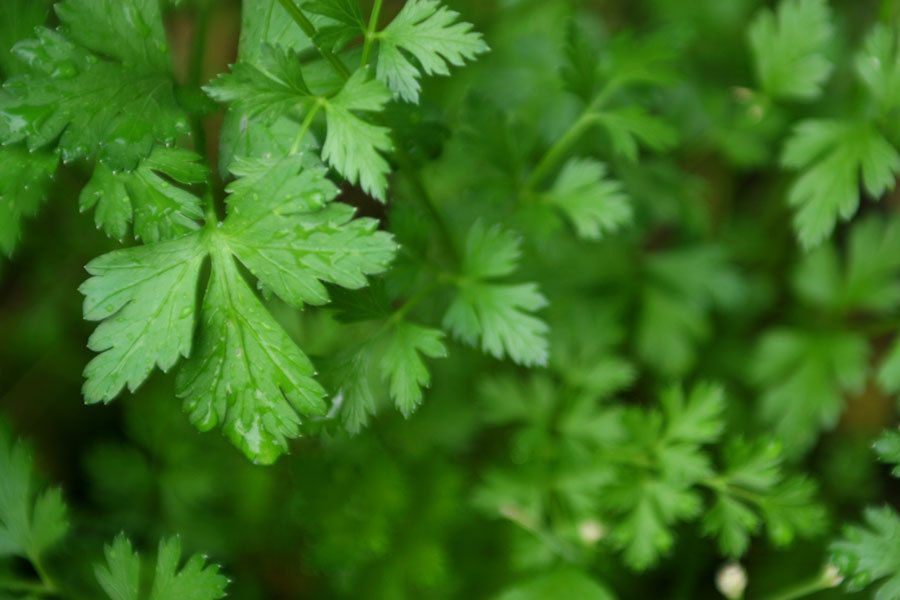How Should We Regulate Agriculture That Doesn’t Produce Food?
- simplefoods
- Jul 9, 2019
- 4 min read
Updated: Jun 1, 2020
By: Lacey Gaechter
(This post was originally published by, and with assistance from, the Johns Hopkins Center for a Livable Future)
Should farmers who raise thoroughbred horses receive the same regulatory exemptions as those who grow vegetables? How about farmers who grow tobacco, flowers, or corn for ethanol, or who raise animals for fur coats? These are the questions that emerged in the forefront of my mind as I waded through the hundreds of pages of data contained in the recently released 2017 Census of Agriculture. The census is a treasure trove of information that paints a picture of the current state of farms, farmers, and farming in the United States—and, importantly, it reminded me that agriculture is not limited to food production.
Many dozens of hours would be required to get exact calculations on how much of our agricultural acreage is dedicated to non-food uses, but Figure 1 below can help us visualize my rough estimates to that effect.

Goods that are “Not eaten by people” include flowers, tobacco, and fur-bearing animals. Because of a lack of specific data, my calculation excludes, for example, Kentucky Bluegrass and the roughly 16 million acres we dedicated to growing cotton.
We do impressively eat a small amount of cotton and feed it to the farmed animals that we then eat. Thus, cotton is accounted for in my next category of “Mostly not eaten by people.” Also in this category is hay, as well as
corn – about 46% of which is dedicated to ethanol production for use in gasoline, 42% dedicated to livestock feed, and the remainder going toward high fructose corn syrup and non-food, industrial uses
soybeans – about 70% of which are used for livestock feed with another 5% going to biodiesel production
It matters that we feed a large portion of these crops to farmed animals because we lose a lot of the resources that we put into growing them by doing so. To get a deeper look at the science assessing the consequences of eating further up the food chain, checkout this recent work out of the Center for a Livable Future. For our purposes, though, it’s enough to know that we lose most of the calories and protein we grow in corn and soybeans when we feed those crops to farmed animals versus directly eating them ourselves. Thus we might, very conservatively, consider over half of the land dedicated to growing livestock feed to be simply wasted, with the majority of the remaining “Mostly not eaten by people” category going to transportation fuel.
In the “Probably not eaten by people” category in Figure 1 I have further attempted to capture goods without adequate data. It includes thoroughbred horses, burros, donkeys, mules, ponies, and other horses, nursery and tree production, and animals raised for pets and other non-specified uses. I suspect that nearly all of these plants and animals are used for non-food purposes, but I cannot verify that suspicion – thus the “Probably not eaten by people” category.
All of this is meant to make the point that we, in the United States, dedicate substantial acreage to agriculture that does not actually feed us – a distinction that matters because we give the agriculture industry many exemptions from rules designed to protect our public health. My understanding is that these exemptions are justified by the fundamental idea that food production is different than the production of all other goods. This concept comes from the whole “people-needing-food-to-live” thing.
Here’s a snapshot of some of the rules for which agriculture is given meaningful exemptions:
National labor laws, including paying minimum wage, adhering to child labor laws, and providing workers compensation insurance
Meeting certain water pollution emissions standards set forth in the Clean Water Act
Meeting certain air pollution emissions standards set forth in the and Clean Air Act
Driving regulations designed to reduce motor vehicle accidents
At the same time, most farmers have tough lives that include a lot of hard work and often high debts and narrow profit margins that are further squeezed by having to comply with regulations. I also know that none of us want to pay more than we have to at the grocery store register. Of course, we globally pay all the costs for the things we produce and consume. If we don’t bear those costs in the prices we pay, we bear them in “externalities” like our health, medical bills, environmental clean-up costs, etc. Thus, I’m a huge fan of fundamentally changing our food system so that those who grow our food earn what they deserve and so that everyone can afford to eat good food (yes, such a system is possible, as briefly described in my previous blogposts).
In the meantime, is there low-hanging fruit in terms of internalizing some of the costs of producing non-food agricultural items in the United States? I think that at least some of the agricultural goods I’ve highlighted here might provide part of that low-hanging fruit. In exchange for stricter labor and environmental health regulations to improve the public health, can we afford to pay more for cotton fabrics, thoroughbred horses, tobacco, pets purchased in the pet-trade (versus adopting or “rescuing” pets), and fur coats? What do you think?
For a more in-depth discussion and references, find the PDF version of this blogpost here.





Comments